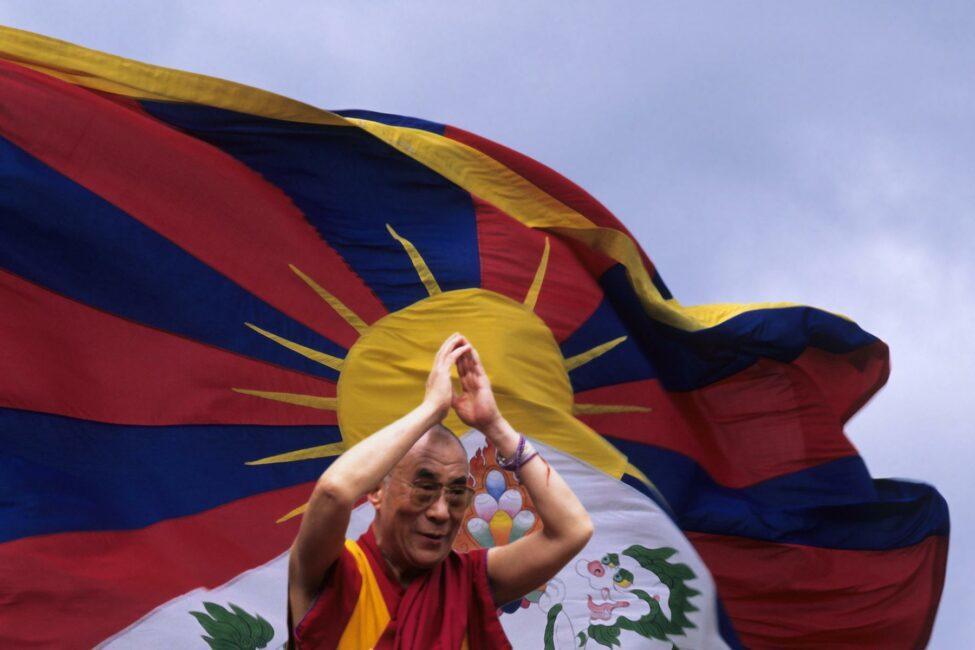Tour operators, citing permit restrictions, state that visitors cannot visit the region before April 1.
China is barring foreigners from entering Tibet over a period of several weeks that coincides with the anniversaries of two major events that challenged the legitimacy of the Chinese government’s control of the region. The ban has not been officially announced by the Chinese government, but travel agencies (including Tibet Youth International Service, Tibet Vista, and Go to Tibet) that operate in the region have stated that tourists will not be allowed into the region until April 1. The International Campaign for Tibet reported that tour operators have said the ban was put in place on January 30.
While the ban has happened every year since 2008, rights groups are stating that there’s an increased level of security due to the fact that this year marks the 60th anniversary of the Tibetan uprising against the Chinese government. The 1959 revolt resulted in thousands of civilian deaths and mass deportations of “all fighting-age men.” According to the BBC, people fleeing the capital city of Lhasa reported that Chinese troops burned corpses for 12 hours. It was during the Chinese government’s resulting putdown of the uprising that the Dalai Lama fled on foot into neighboring India.

The period also includes the anniversary of a more recent incident. On March 14, 2008, anti-government riots in Lhasa resulted in attacks on Chinese individuals and Chinese-owned businesses. The government reports 18 people were killed by protesters, while the number of Tibetans killed by security forces in the aftermath is unknown.
Recommended Fodor’s Video
Not only are tourists not permitted entry, but foreign journalists and diplomats have also been barred unless they obtain special government permission and handlers. The lack of outside observers during what has the potential to be a tumultuous stretch of time has raised concerns about the Chinese government being the only source for information coming out of the region.
“This most recent development is part of the overall policy of the Chinese government to restrict access to Tibet for independent observers in order to maintain an iron grip in the region while at the same time avoiding any form of external scrutiny,” stated the International Campaign for Tibet. “Even when the TAR is not completely closed off, foreigners can have access only after applying for a special permit and can visit the region only through state-controlled tours.” Despite the various restrictions imposed on foreigners visiting Tibet, the region has only grown in popularity as a tourist destination. In 2017 an estimated 25 million visited the country and the number is only expected to grow.
This current ban comes on the heels of the United States’ Reciprocal Access to Tibet Act, which passed in late 2018. The act could impose visa bans on Chinese officials that impede the travel of U.S. officials, journalists, and tourists to Tibet.
But it’s not just travel into Tibet that’s restrictive, the government has made it difficult for Tibetans looking travel outside of the region. A 2015 report from Human Rights Watch showed that passports issued to people from areas populated by Tibetans and other religious minorities had their passport applications put on a “slow track.”
“Since 2012 the TAR authorities have ordered the confiscation of all ordinary passports held by registered residents of the region, over 90 percent of whom are Tibetans, and appear to have issued no replacements for them,” said the Human Rights Watch report. “This has prevented nearly all of the three million residents of the region from any foreign travel.”





